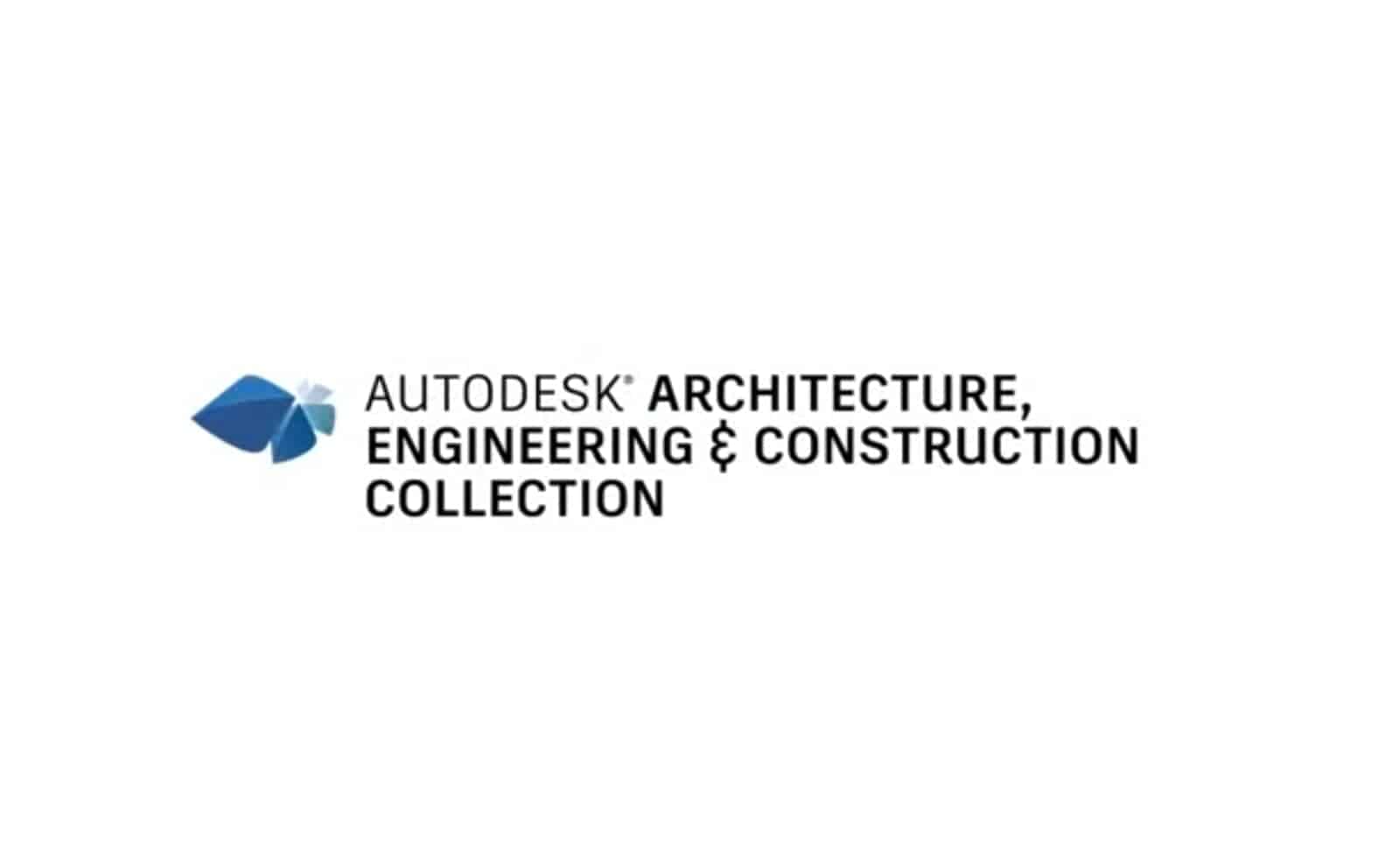As an avid user of Autodesk AEC software, I understand the unique requirements that come with selecting the best laptop for Autodesk AEC. Whether you're an architect, engineer, or construction professional, having the right hardware is essential to ensure smooth and efficient operation of these powerful applications, from AutoCAD to Revit, and Navisworks. To help you make an informed decision, I have reviewed an extensive laptop spreadsheet of recent releases, comparing specs and user-generated reviews to narrow down the top choices based on performance, reliability, and cost-effectiveness.
Autodesk AEC software, especially applications like Revit, demand a high level of performance from your machine to handle complex 3D models, renderings, and simulations. Therefore, finding the best laptop for Autodesk AEC involves evaluating key components such as the processor, graphics card, RAM, and storage, ensuring that they meet or exceed Autodesk's recommended system requirements. It's also crucial to consider the laptop's display quality, as you'll be spending countless hours working on detailed designs and visualizations.
Of course, no two professionals are the same, and your specific needs will depend on factors like project size, level of detail, and collaboration requirements. By considering laptops that excel in areas like processing power, graphics capabilities, and battery life, this guide will help you find a machine that caters to the demands of Autodesk AEC software. Rest assured that the recommendations provided are based on extensive research and take into account the preferences of fellow AEC professionals, from architects using AutoCAD to create 2D drawings to engineers working with Revit for complex BIM models.
Powerful Processors
Today’s market is a battle between Intel and AMD when it comes to laptop processors. Apple has released its own ARM-based M1, M1 Pro, M1 Max and M2 system-on-chip modules, which offer exceptional single-core performance and battery life. AMD has managed to take around 20% of the market with its 6th generation Ryzen processors, while Intel is still on the 12th generation. Intel and Apple have both adopted hybrid performance/efficiency core designs (based on big.LITTLE). If you're looking for a laptop with great battery life, then you should definitely consider an AMD Ryzen model.
We won't be focusing on MacBooks for AEC applications, as the most popular OS in the AEC industry is Windows. However, if you're looking for a workstation-grade laptop, then you should look for one with at least 8 cores (or more). Note that some companies now allow employees to use their own laptops instead of company-issued ones; so make sure you know if your company has a BYOD policy before investing in a new laptop.
When choosing a laptop for AEC work, we prefer ultrabooks or business notebooks with long battery life. If you need more power, then you can go for a gaming laptop or even a desktop PC – it's not ideal but it'll do the job if you don't have any other option.
When comparing processors, we like to use PassMark and Cinebench scores since they're easy to find and give us an idea of how well each processor performs in general-purpose tasks such as web browsing or video editing.
A fast CPU isn't needed for most AEC applications, as most applications don't require intensive computations; it's just nice to have for 3D rendering tasks.
Which processors are best suited for AEC?
For budget options, you can go for an Intel i5-10500H or an AMD Ryzen 5 4600H. The i5-10500H is the more power-efficient choice, while the Ryzen 5 4600H provides better performance but with higher power consumption.
For mid-range laptops, I'd recommend either an Intel i5-11400H or an AMD Ryzen 7 4800H. Both chips provide excellent performance for their respective price ranges, with the Ryzen 7 4800H providing slightly better performance than the i5-11400H.
For high-end laptops, I'd recommend an Intel i9-11900H or an AMD Ryzen 9 4900HS. Both processors provide exceptional performance, with the Ryzen 9 4900HS being slightly more power-efficient than the i9-11900H.
| Processor | Price Range | Performance/Watt |
|---|---|---|
| Intel i5-10500H | Budget | Good |
| AMD Ryzen 5 4600H | Budget | Great |
| Intel i5-11400H | Mid-Range | Great |
| AMD Ryzen 7 4800H | Mid-Range | Great |
| Intel i9-11900H | High-End | Great |
| AMD Ryzen 9 4900HS | High-End | Exceptional |
Overall, when choosing the right processor for your Autodesk AEC laptop, make sure to consider your price range and battery life needs first. Consider an AMD Ryzen processor if battery life is important, and consider an Intel Core processor if you want better single-core performance. The table above should give you an idea of what to expect from each price bracket.
Graphics Power
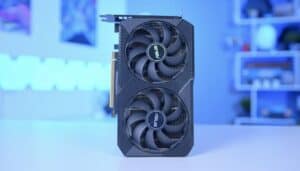
Nvidia continues to dominate the laptop GPU market, and its latest notebook cards are in the RTX 30 series, such as the RTX 3070 Ti. Desktop GPUs are now a lot more power-hungry, so the gap between power-limited notebook graphics and desktop graphics cards has widened in the past few years. Additionally, Nvidia has discontinued the Max-Q label for its RTX graphics cards. Now, the exact GPU wattage is determined by the laptop manufacturer (OEM), leading to a wide variance in graphics performance even in laptops with the same GPU chipset.
A graphics card is not essential for most AEC applications, but it can come in handy if you're working with 3D models or rendering scenes in Revit. If you're looking for a gaming laptop, be prepared to spend some extra cash – they're not cheap!
Selecting a suitable GPU based on price range and performance requirements
At the lower end of the budget range, the Nvidia GeForce RTX 3050 is capable of handling most Autodesk tasks with ease, while the GeForce RTX 2060 is a great mid-range option. For high-end performance, the GeForce RTX 2080 is a great choice.
You can use 3DMark to compare different GPUs, but I prefer to use benchmarks that stress the GPU directly such as Autodesk VIZ or SolidWorks since these applications are more popular in the AEC industry. Nvidia's latest generation of graphics cards are more energy-efficient than their predecessors, so there's no need to worry about battery life if you're working on the go.
My recommendations for each budget category
- Minimum: GeForce RTX 3050
- Recommended: GeForce RTX 2060
- High-end: GeForce RTX 2080
Optimize RAM
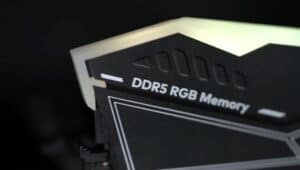
When deciding on the right laptop RAM for Autodesk applications, the most important thing to keep in mind is the amount of memory needed. Most mid-range laptops come with 16 GB of RAM and high-end – 32 GB or more. The latest-gen Intel and AMD CPUs support DDR4 and DDR5, though DDR5 is still quite expensive and needs time to mature as a technology.
RAM is one of the most important components in a laptop for Autodesk applications. AEC professionals often need to load multiple models, scenes, and textures into memory at once, and they often need to do so simultaneously. This can be challenging if your laptop has only 16 GB of RAM, which is the bare minimum for most AEC professionals. 32 GB is a much better starting point. 64 GB is ideal for professionals working with complex models and scenes, but it's not necessary for most people.
When it comes to DDR5 vs DDR4, there's no reason to get DDR5 unless you're on a budget and don't mind sacrificing some performance for a lower price tag. If you're looking to buy a laptop that can last you for years to come – make sure it has upgradable RAM modules (not soldered-on).
How much RAM do I need for Autodesk applications?
At minimum, 16 GB of RAM is recommended, with 32 GB being ideal. If you're working with complex models and scenes, 64 GB would be the preferred choice.
Is there a difference between laptop RAM specs?
Yes, there are some key differences between laptop RAM specs. DDR4 is the standard for most laptops and offers good performance. DDR5 is the latest standard, offering improved performance and lower power consumption, though it is still expensive.
Secondary considerations when looking for RAM in a laptop
When choosing RAM for your laptop, there are several secondary considerations to keep in mind. First, make sure that the RAM you choose is compatible with your laptop's motherboard. Second, look for RAM with higher clock speeds and lower latency, as this can provide a noticeable performance boost. Finally, look for RAM that has good build quality and comes with a good warranty.
Table of what to expect depending on your budget
| Price Range | RAM |
|---|---|
| Budget | 8-16 GB |
| Mid-range | 16-32 GB |
| High-end | 32-64 GB |
5 Best Laptops for Autodesk AEC
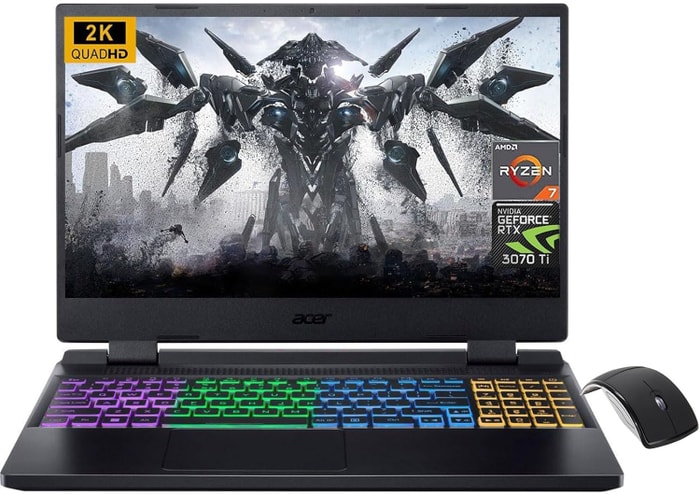 $680
$6801.acer Nitro 5
Autodesk AEC laptop- Great processor (Ryzen 7 6800H)
- First-class graphics card (RTX 3070 Ti)
- One of most affordable laptops with an AMD Ryzen 7 processor
- Mighty 1TB SSD
- No IPS Panel (subpar viewing angles)
Alternatives
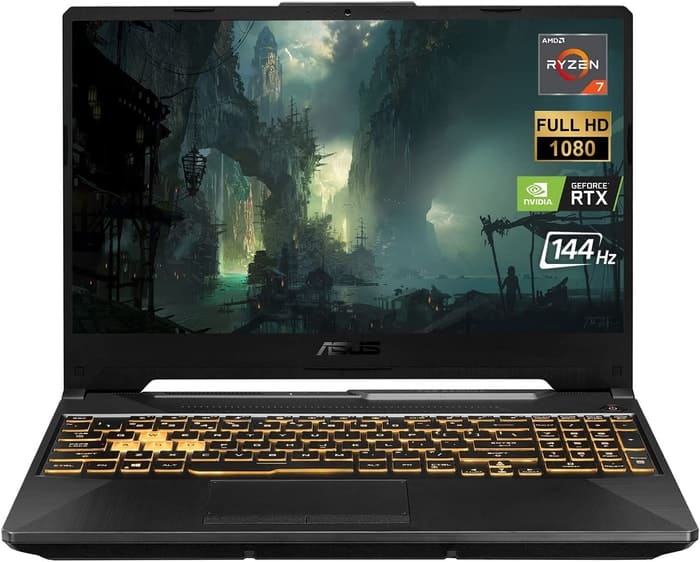
ASUS TUF A15
- Great gaming performance at 1080p
- Matte 144-Hz IPS display with accurate color reproduction
- Mediocre webcam
- Weak speakers

2.ASUS TUF Dash F15
ASUS TUF Dash F15: A powerful and competitively priced laptop for those on a lower budget.- Lightweight and well-built
- Good FHD 300Hz and QHD screen options
- Significantly more powerful than the previous generation
- 76W battery with fair runtimes
- Some quirks affecting everyday ergonomics
- Ports squeezed together on the left edge
- Be cautious of the FHD 144Hz panel option
Summary
The ASUS TUF Dash F15 is an affordable yet powerful laptop that offers a balanced performance. It is lightweight, well-built, and comes with good FHD and QHD screen options. Just be cautious of the FHD 144Hz panel option and opt for the FHD 300Hz display if available.
Reviews
Alternatives
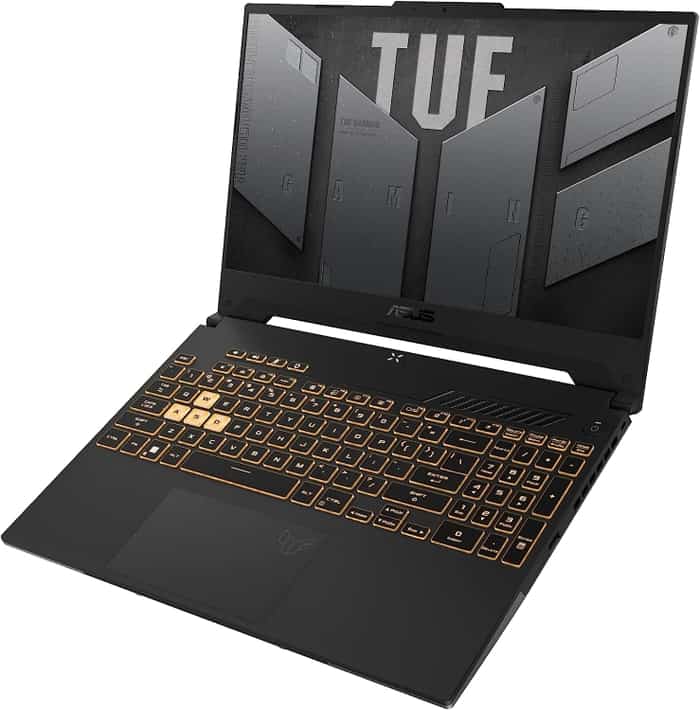
ASUS TUF F15 FX507VU-ES53
- Superb 1080p gaming
- Strong productivity capabilities
- Poor webcam, touchpad, and speakers
- Some games appear washed out on display
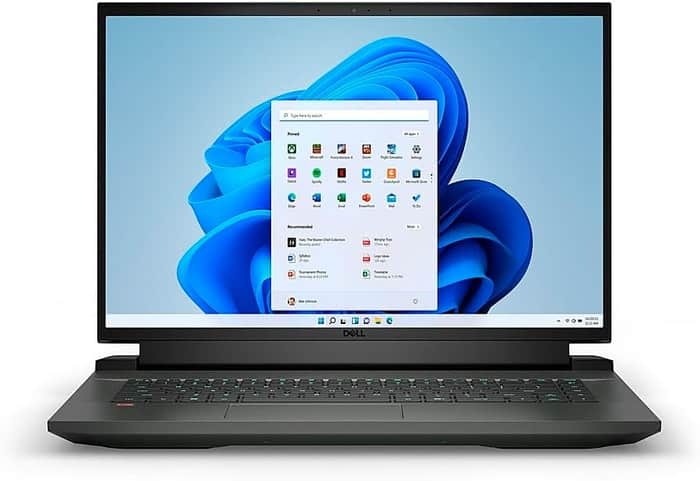
3.Dell G16
The Dell G16 offers powerful performance and a budget-friendly price, but falls short in terms of display quality, battery life, and audio.- Relatively affordable
- Powerful performance
- Good cooling
- Fast refresh rate options with G-Sync
- Heavy and bulky design
- Thunderbolt 4 only available on more expensive model
- No SD card reader
- Short battery life
Summary
The Dell G16 impresses with its gaming and productivity performance, making it a solid choice for budget-conscious customers. However, its display, battery life, and audio quality are underwhelming. If these factors are important to you, consider the MSI Crosshair 15 as an alternative.
Reviews
Alternatives
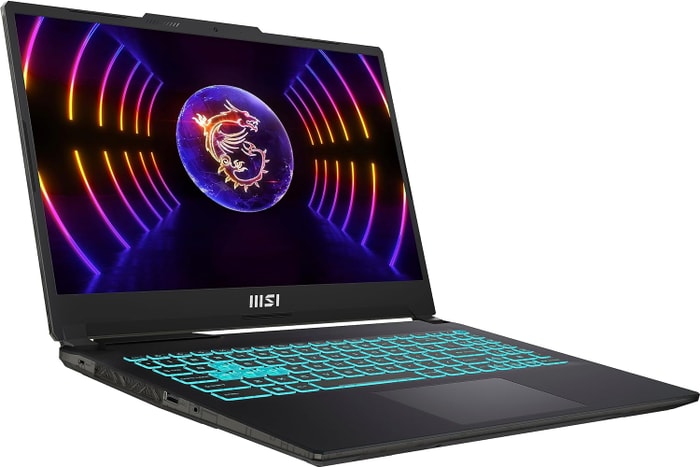 $1,430
$1,430MSI Cyborg 15
- Able to play at the highest 1080p settings
- Peppy processor for the money
- Display is dim and disappointing
- Sharp chassis edge can dig into wrists during typing
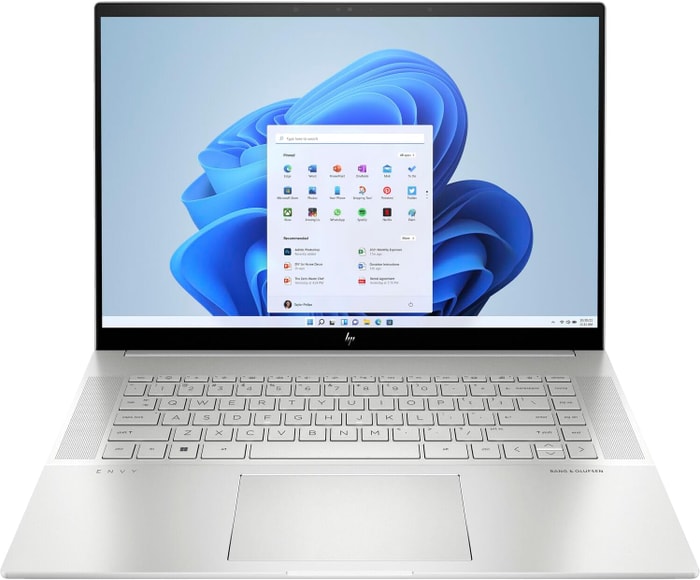 $1,800
$1,8004.HP Envy 16
The HP Envy 16 offers high-end features and powerful performance, making it a tempting choice for creative apps and light gaming.- Plenty of CPU and GPU power
- New 120Hz screen refresh rate
- High-res webcam
- Sleek design
- Merely adequate base screen
- Optional OLED has fewer pixels than before
- Bulky and heavy
Summary
The HP Envy 16 is a bulky yet sleek desktop replacement laptop that offers plenty of CPU and GPU power, a high-res webcam, and a new 120Hz screen refresh rate. However, the base screen is only adequate and the optional OLED screen has fewer pixels than before.
Reviews
Alternatives
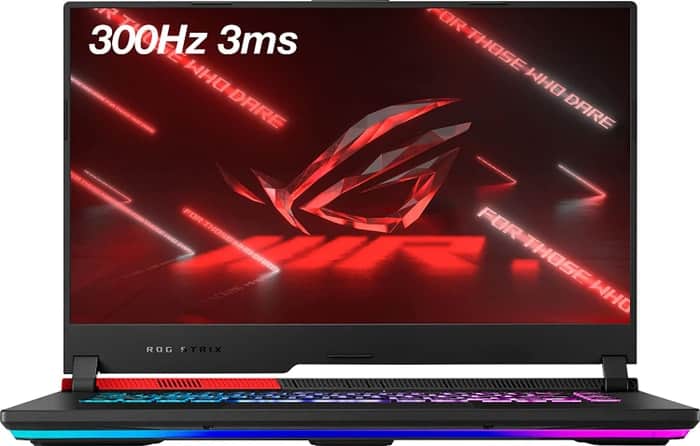
ASUS ROG Strix G15
- High-performance CPU and GPU
- Good workmanship and stable construction
- Skimpy connectivity
- Coil whine in certain situations

5.Lenovo Legion Pro 7i 16
Lenovo Legion Pro 7i 16: A Powerful and Sleek Gaming Laptop with Some Minor Flaws- Strong overall performance
- Big, bright, and fast display
- Per-key RGB lighting
- Some flex to keyboard deck
- Poor battery life
Summary
The Lenovo Legion Pro 7i 16 impresses with its powerful performance and sleek design. It offers great value compared to its competitors, but its GPU may not reach its full potential and the battery life is lacking.
Alternatives

HP Omen 17
- QHD display with 165 Hz
- Advanced Optimus technology
- Slightly below-average performance for an RTX 4080
- High noise level
Essential Requirements
Whether you're just starting out or you're an Autodesk AEC veteran looking to up your game, finding the right laptop to maximize your performance and keep up with the requirements of the software can be tricky. We're here to help.
Here are our recommended laptop requirements based on your budget:
| Price Range | Processor | Graphics Card | Memory |
|---|---|---|---|
| Minimum | Intel Core i5-10500H | NVIDIA GeForce RTX 3050 | 16 GB RAM |
| Recommended | Intel Core i5-11400H | NVIDIA GeForce RTX 2060 | 32 GB RAM |
| High-end | Intel Core i9-11900H | NVIDIA GeForce RTX 2080 | 64 GB RAM |
No matter your budget, we have you covered. By following these guidelines you can be sure that your laptop will provide you with the performance necessary to make the most out of Autodesk AEC.
AEC Laptop FAQs
Q: What are the recommended laptop specs for Autodesk AEC?
To smoothly run Autodesk AEC (Architecture, Engineering, and Construction) software, we recommend a laptop with at least an i5-11400H processor, a GeForce RTX 2060 graphics card, and 32 GB of memory. These specifications will ensure a seamless experience while working on complex architectural projects.
Which laptop is best for Autodesk AEC?
The best laptop for Autodesk AEC depends on your budget and specific needs. However, we recommend considering the Lenovo Legion 5 Pro or the Lenovo Legion 7i 16 for their powerful performance and excellent graphics capabilities. Both laptops meet or exceed the recommended specifications for Autodesk AEC and are highly regarded in the industry.
Can Autodesk AEC be run on a laptop?
Yes, Autodesk AEC software can be run on a laptop. However, it is essential to ensure that your laptop meets the minimum system requirements to avoid any performance issues or limitations.
What are the minimum system requirements for Autodesk AEC on a laptop?
The minimum system requirements for Autodesk AEC on a laptop include an i5-10500H processor, a GeForce RTX 3050 graphics card, and 16 GB of memory. While these specifications will allow the software to run, keep in mind that more demanding projects may require higher-end hardware for optimal performance.
Is a dedicated graphics card necessary for Autodesk AEC on a laptop?
Yes, a dedicated graphics card is highly recommended for Autodesk AEC on a laptop. A dedicated GPU, such as the GeForce RTX 2060 or GeForce RTX 2080, provides the necessary power and performance to handle the complex rendering and visualization tasks associated with architectural projects.
How much RAM is needed for Autodesk AEC on a laptop?
For a smooth experience with Autodesk AEC, we recommend a minimum of 32 GB of RAM. This amount of memory will allow for efficient multitasking, smoother rendering, and improved overall performance. However, if you often work on large-scale projects or perform intensive simulations, consider opting for 64 GB of RAM to ensure optimal productivity.
Can I use a MacBook for Autodesk AEC?
While Autodesk AEC software is compatible with macOS, it's worth noting that most MacBook models do not meet the recommended specifications for seamless performance. If you prefer using a MacBook, we suggest opting for a model with a powerful processor, dedicated graphics, and ample RAM to ensure smooth operation.
Is a Core i5 processor sufficient for Autodesk AEC on a laptop?
A Core i5 processor can handle Autodesk AEC on a laptop; however, it is recommended to opt for a higher-tier processor for improved performance. The i5-11400H is a suitable choice for medium-level usage, while the more powerful i9-11900H offers maximum performance for complex architectural projects.
What storage capacity is recommended for Autodesk AEC on a laptop?
For Autodesk AEC, we recommend a laptop with at least a 512 GB SSD (Solid State Drive) or higher. The software and associated project files can consume a significant amount of storage space, so having ample storage will ensure smooth operation and allow for storing multiple projects without running out of space.
What is the best budget laptop for Autodesk AEC?
If you're on a budget, we recommend considering the Acer Nitro 5 – 144 Hz laptop. While it meets the minimum system requirements for Autodesk AEC, it offers great value for the price and can handle architectural tasks efficiently. Remember, when considering budget laptops, it's important to understand that there may be limitations in terms of graphics performance and overall speed.
Table of the Best Laptops for Autodesk AEC
| Laptop | Price (approx) |
| acer Nitro 5 | $680 |
| ASUS TUF Dash F15 | $1,160 |
| Dell G16 | $1,510 |
| HP Envy 16 | $1,800 |
| Lenovo Legion Pro 7i 16 | $3,390 |

